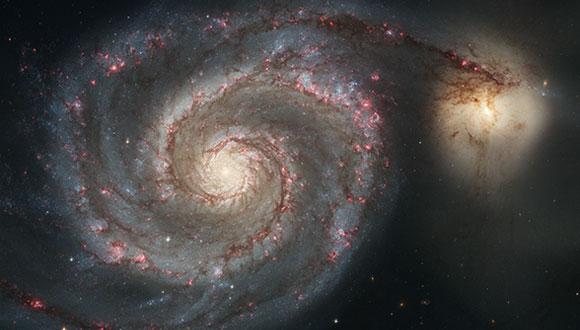Special Astronomy & Astrophysics Seminar: Formation of double neutron stars and implications for heavy element production
Dr. Paz Beniamini, George Washington University, USA
Abstract:
Observations of DNS systems in our Galaxy suggest that the formation of the second born NS in most systems involves a very weak explosion, rather than a more "traditional" SNe. This allows us to estimate the typical center of mass velocities and time until merger for double neutron star systems. We find that more than half of the systems are slow enough and merge rapidly enough to be able to account even for the recent observations of r-process elements in ultra-faint dwarf galaxies. Furthermore, assuming that the explosion energy is less than 10^52 erg and that the galaxies haven't lost most of their gas before the r-process event, we can expect most of the r-process material to be retained even in faint dwarfs. At the same time, observations of the Eu abundances in dwarf galaxies lead to model independent estimates of the rate and mass per event of r-process formation. These suggest rates between 2*10^(-4) and 10^(-2) per ccSNe and Eu masses between 10^(-5)M_sun and 2*10^(-4)M_sun. Both values rule out regular SNe as the sources of r-process events and are consistent with expectations for the DNS merger hypothesis. Finally, we show that faint dwarf galaxies are consistent with being the 'building blocks' of the Galactic halo, and provide a natural explanation for the mean value and fluctuations in the abundances of Galactic halo metal poor stars.
Seminar Organizer: Prof. Sara Beck


